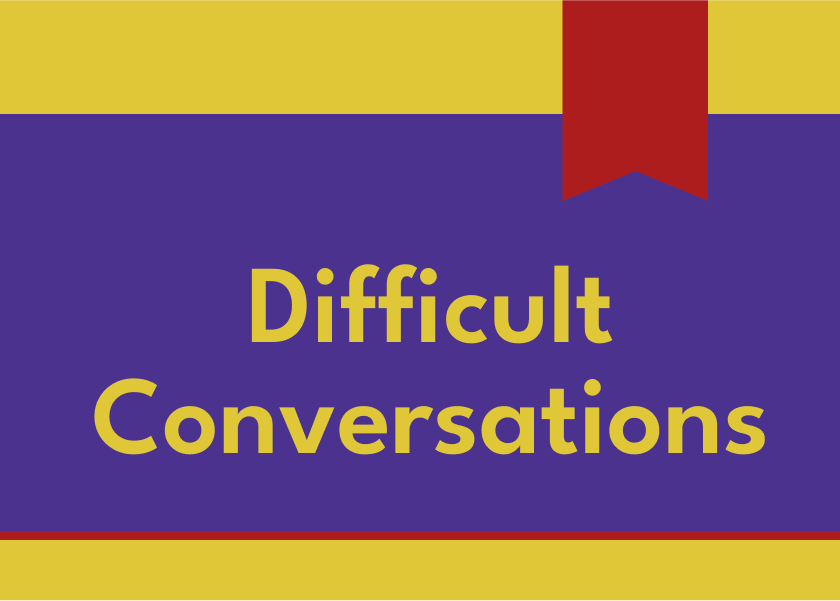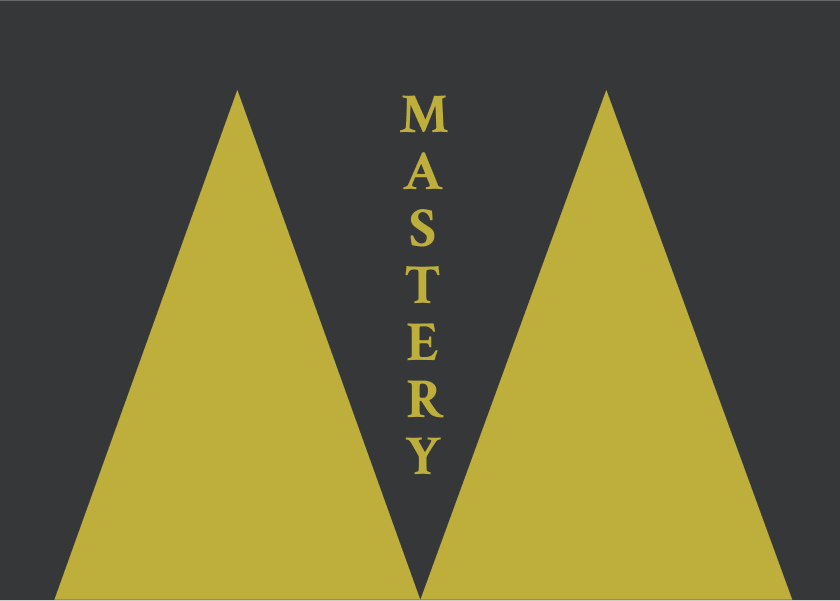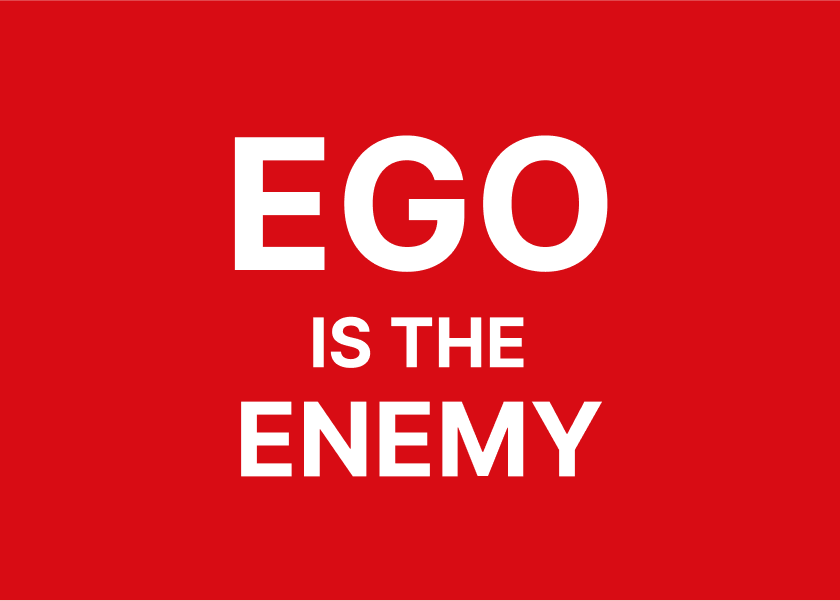Difficult Conversations by Stone, Patton and Heen - Summary
Stop dreading tough talks! Learn to navigate disagreements, understand others deeply, and express yourself clearly. Build stronger relationships and reduce anxiety. Transform conflict into connection.

Navigating the Minefield
Have you ever found yourself dreading a conversation? The kind that ties your stomach in knots and replays endlessly in your mind, often going in the worst possible direction? Douglas Stone, Bruce Patton, and Sheila Heen's popular book, Difficult Conversations: How to Discuss What Matters Most, offers a powerful framework to navigate these challenging interactions more effectively, transforming them from anxiety-ridden battles into opportunities for learning and connection. This comprehensive summary will walk you through the book's key insights, saving you time while providing actionable tips to improve your communication skills and build stronger relationships.
Table of Contents
- About the Author
- Who Should Read This Book?
- Key Insights and Themes
- Detailed Summary
- Review
- Actionable Takeaways
- FAQs
- Conclusion
About the Author
Douglas Stone is a Lecturer on Law at Harvard Law School and a partner at Triad Consulting Group, specialising in negotiation, communication, and conflict resolution. His extensive experience includes consulting for various institutions and teaching and mediating internationally. He is also researching the interplay between trauma and forgiveness.
Bruce Patton is the Deputy Director of the Harvard Negotiation Project, which he co-founded, and a partner in CMI/Vantage Partners LLC, a global consulting firm focused on relationship management, negotiation, and conflict resolution. Patton has played a role in significant historical events such as the South African constitutional process and the resolution of the Iranian hostage crisis. He has taught negotiation at Harvard since 1981 and is a co-author of the bestseller Getting to Yes (summary).
Sheila Heen is also a Lecturer on Law at Harvard Law School and a partner at Triad Consulting Group, dedicated to helping individuals and organisations with their most difficult conversations. Heen coaches executives, teams, family businesses, and communities facing conflict. Her clients range from major corporations to judicial bodies. She teaches negotiation at Harvard and writes on communication and conflict management.
Together, drawing on their work with thousands of people at the Harvard Negotiation Project and their extensive consulting experience, Stone, Patton, and Heen bring a wealth of knowledge and practical insights to the subject of difficult conversations.
Who Should Read This Book?
This book is an invaluable resource for anyone who finds certain conversations challenging or anxiety-inducing. This includes, but is not limited to:
- Managers and leaders who need to give critical feedback, address performance issues, or navigate workplace conflicts.
- Individuals in personal relationships wanting to discuss sensitive topics with partners, family members, or friends.
- Parents who need to have difficult conversations with their children.
- Customer service professionals dealing with complaints and difficult customers.
- Anyone wanting to improve their communication skills and build stronger, more authentic relationships.
Whether you're facing a minor disagreement with a neighbour about a barking dog or a high-stakes discussion about ending a relationship, this book provides a practical and insightful approach to handling conversations that truly matter.
Key Insights and Themes
Here are some of the key takeaways and main ideas presented in Difficult Conversations:
- The Three Conversations: Every difficult conversation is actually composed of three underlying conversations: the "What Happened?" Conversation (disagreements about facts and interpretations), the Feelings Conversation (the emotional impact of the situation), and the Identity Conversation (the implications for our self-esteem and sense of who we are).
- Shift from Message Delivery to Learning: The goal of a difficult conversation should not be to persuade the other person that you are right, but to engage in a "learning conversation" where both parties seek to understand each other's perspectives and find a way forward.
- Challenge the Truth Assumption: Stop assuming you are right and the other person is wrong. Recognise that you each have different information, interpretations, and self-serving biases that shape your stories. Adopt a stance of curiosity.
- Disentangle Intent from Impact: Don't assume you know the other person's intentions based on the impact of their actions on you. Your assumptions are often wrong. Share the impact on you and inquire about their intentions.
- Abandon Blame and Map Contribution: Instead of focusing on who is to blame, explore the "contribution system" – how each person's actions (and inactions) have contributed to the problem.
- Have Your Feelings (Or They Will Have You): Feelings are at the core of difficult conversations. Identify, acknowledge, and negotiate with your feelings before expressing them clearly.
- Ground Your Identity: Difficult conversations often threaten our sense of identity. Understand what's at stake for you about you and accept your own complexities and imperfections.
- Begin from the Third Story: Start the conversation by describing the situation from a neutral, third-party perspective, acknowledging that there are different viewpoints without assigning blame.
- Listen from the Inside Out: Authentic listening is crucial. Be genuinely curious, manage your internal "commentator," and use skills like inquiry, paraphrasing, and acknowledgement.
- Speak for Yourself with Clarity and Power: Express your views, feelings, and what is important to you clearly, without presenting your conclusions as absolute truth.
- Problem-Solve Together: Shift the focus from arguing to collaboratively finding solutions that address both parties' needs.
Detailed Summary
The book is structured to first help you understand the dynamics of difficult conversations and then provides a roadmap for navigating them more effectively.
Part 1: Understanding What's Going On
1. Sort Out the Three Conversations
Introduces the concept that every difficult conversation involves three interwoven conversations: the "What Happened?" Conversation (disputes about facts, who is right, and who is to blame), the Feelings Conversation (the emotions involved), and the Identity Conversation (how the situation impacts our sense of self).
2. Stop Arguing About Who's Right: Explore Each Other's Stories
Explores why we see the world differently, highlighting that we have different information, different interpretations, and our conclusions are often influenced by self-interest. It emphasises the importance of moving from certainty to curiosity and embracing both stories with an "And Stance".
3. Don't Assume They Meant It: Disentangle Intent from Impact:
Addresses the common mistake of assuming negative intent based on negative impact. It provides a framework to separate actions, impact, and assumptions about intent, urging readers to hold their views as hypotheses, share the impact, and inquire about intentions.
4. Abandon Blame: Map the Contribution System
Argues against the unproductive nature of blame and introduces the concept of a "contribution system," where both parties typically contribute to the problem. It outlines four hard-to-spot contributions: avoiding until now, being unapproachable, intersections, and problematic role assumptions.
Part 2: Beginning to Change
5. Have Your Feelings (Or They Will Have You)
Emphasises the central role of feelings in difficult conversations. It guides readers on how to identify their "emotional footprint," find the bundle of feelings behind simple labels, and negotiate with their feelings before expressing them clearly and thoughtfully, avoiding venting.
6. Ground Your Identity: Ask Yourself What's at Stake
Focuses on the Identity Conversation and how difficult conversations can threaten our sense of who we are. It encourages readers to become aware of their identity issues, complexify their identity by adopting the "And Stance," and accept certain truths about themselves, such as the inevitability of mistakes and the complexity of intentions.
Part 3: How to Create a Learning Conversation
7. What's Your Purpose? When to Raise It and When to Let Go
Guides readers on deciding whether to have a difficult conversation by examining their purposes. It suggests focusing on learning their story, expressing your views and feelings, and problem-solving together. It also discusses when it might be better to let go of an issue by adopting liberating assumptions.
8. Getting Started: Begin from the Third Story
Provides practical advice on how to initiate a difficult conversation effectively. It advocates opening from the "Third Story," a neutral description of the situation that acknowledges different perspectives without judgment. It also emphasises the importance of extending an invitation to talk and being persistent.
9. Learning: Listen from the Inside Out
Focuses on the crucial skill of listening. It highlights the importance of authenticity and shifting from "I understand" to "Help me understand". It introduces three key listening skills: inquiry (asking open-ended and concrete questions), paraphrasing (checking understanding), and acknowledgment (recognising feelings).
10. Expression: Speak for Yourself with Clarity and Power
Provides guidance on how to express your own story effectively. It stresses the importance of feeling entitled to speak, starting with what matters most, avoiding subtext and easing in, using the "Me-Me And" to express complexity, and following three guidelines for clarity: don't present conclusions as truth, share where they come from, and avoid exaggeration.
11: Problem-Solving: Take the Lead
Offers strategies for moving towards solutions. It covers techniques like reframing (translating statements into more helpful concepts), using the "You-Me And," being persistent about listening, naming the dynamic, gathering information, proposing tests, saying what would persuade you, and focusing on fair standards.
12. Putting It All Together
Illustrates how the book's framework can be applied in a real-life scenario, revisiting the conversation between Jack and Michael from Chapter 1.
The book concludes with a Road Map to Difficult Conversations and a note on relevant organisations like the Harvard Negotiation Project.
Review
Difficult Conversations is a highly practical and insightful guide to navigating one of the most challenging aspects of human interaction. Its strength lies in its clear framework, the "Three Conversations," which provides a powerful lens for understanding the underlying dynamics at play. The book excels at moving beyond superficial advice like "be diplomatic" and delves into the deeper psychological and emotional factors that make these conversations so difficult.
The authors' use of real-world examples and relatable scenarios makes the concepts accessible and easy to grasp. The emphasis on shifting from a message-delivery stance to a learning stance is transformative, encouraging a more collaborative and understanding approach. The detailed guidance on listening, expressing oneself clearly, and problem-solving offers concrete strategies that readers can immediately implement.
However, the book requires active engagement and a willingness to self-reflect. Implementing the techniques may feel awkward at first, like learning any new skill. Additionally, while the book offers valuable tools for improving conversations, it acknowledges that some situations may be beyond resolution.
Overall, Difficult Conversations is a valuable resource that can significantly enhance your ability to handle challenging interactions, leading to less anxiety, more productive outcomes, and stronger relationships.
Actionable Takeaways
Here’s how to apply these lessons in real life:
- Before a difficult conversation, take time to sort out the three conversations: Consider what the factual disagreements are, what feelings are involved for both you and the other person, and what the conversation might mean for your respective identities.
- Shift your internal stance from certainty to curiosity: Approach the conversation with a genuine desire to understand the other person's perspective, rather than trying to prove you are right.
- Actively listen to understand their story: Use open-ended questions ("Tell me more"), paraphrase their points to ensure you've understood correctly, and acknowledge their feelings, even if you don't agree with their perspective.
- Express your own story clearly and truthfully: Speak from your own experience using "I feel..." statements, share the information and reasoning behind your conclusions, and avoid exaggerations.
- Focus on contribution rather than blame: Explore how both of you might have contributed to the situation, rather than assigning fault.
- When starting the conversation, try to find the "Third Story": Begin with a neutral description of the situation that acknowledges different viewpoints without taking sides.
- Be prepared to reframe the conversation: If the other person gets stuck in blame or certainty, gently redirect the conversation towards learning and understanding.
- Remember that your feelings are valid: Acknowledge them to yourself and express them thoughtfully.
- Be aware of your identity issues: Understand what aspects of your self-image might be threatened by the conversation and work towards a more complex and balanced view of yourself.
- Know when to let go: Sometimes, despite your best efforts, a resolution may not be possible or the cost of pursuing the conversation outweighs the benefits.
FAQs
- What are the three difficult conversations? The three conversations are the "What Happened?" Conversation (about facts and interpretations), the Feelings Conversation (about emotions), and the Identity Conversation (about self-worth and identity).
- What is a learning conversation? A learning conversation is an approach to difficult conversations where the primary goal is to understand each other's perspectives, share information, and work together to find a way forward, rather than trying to win or prove who is right.
- How can I handle difficult feelings in a conversation? The book advises you to first identify and acknowledge your feelings, then negotiate with them (consider their source and intensity), and finally express them clearly and thoughtfully without blaming the other person.
- What is the "Third Story"? The "Third Story" is a neutral and objective way to describe the difficult situation without taking either person's side or assigning blame. It acknowledges that there are different perspectives and sets the stage for a more collaborative discussion.
- Is this book about avoiding conflict? No, this book is not about avoiding difficult conversations. Instead, it provides a framework and practical techniques for engaging in these conversations more effectively to achieve better outcomes and strengthen relationships.
Conclusion
Difficult Conversations offers a transformative approach to handling the inevitable challenges of human interaction. By understanding the underlying structures of these conversations and adopting a learning stance, you can move away from unproductive arguments and towards greater understanding and connection. The practical tools and insights provided in this book empower you to navigate sensitive topics with more confidence, clarity, and empathy, ultimately leading to stronger relationships and a greater sense of personal well-being. We encourage you to delve deeper into the principles outlined in this summary and apply them to your own life.

Difficult Conversations
by Stone, Patton and Heen
As an Amazon Associate, ShelfHelp may earn money from qualifying purchases. Needless to say, ShelfHelp only includes affiliate links to books we recommend and think are worth your time reading.



